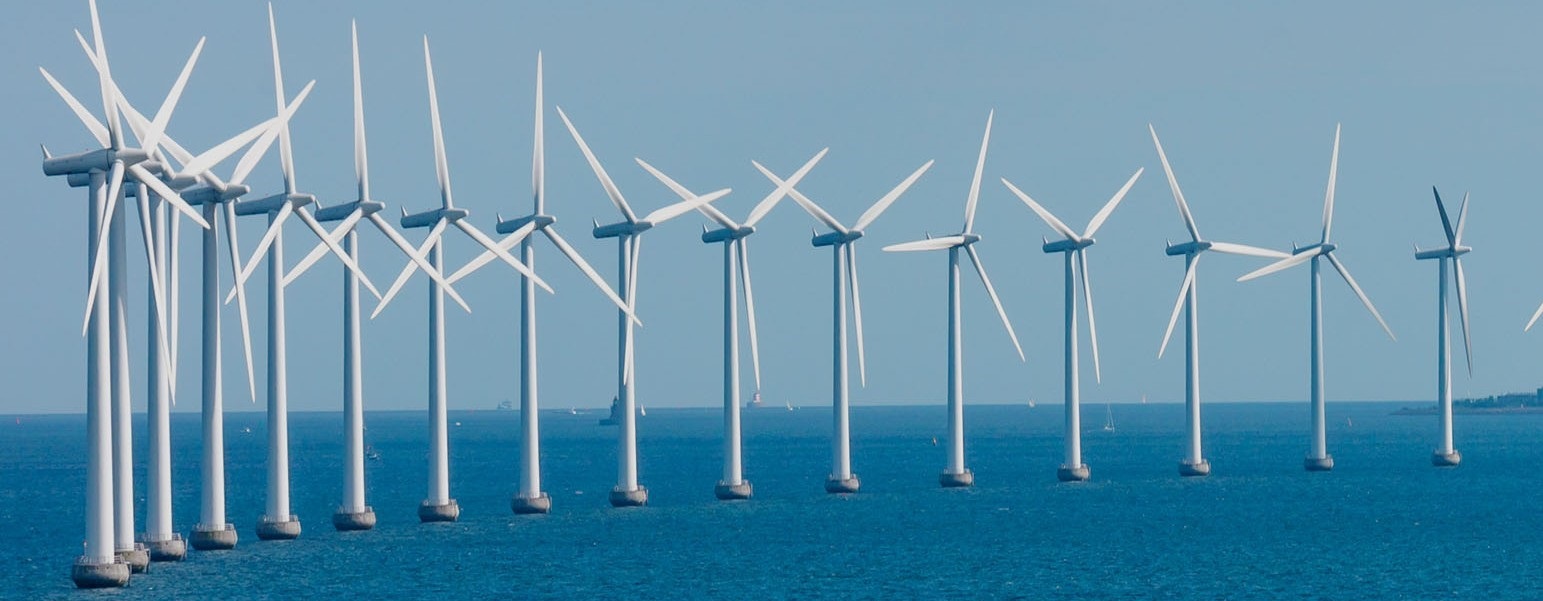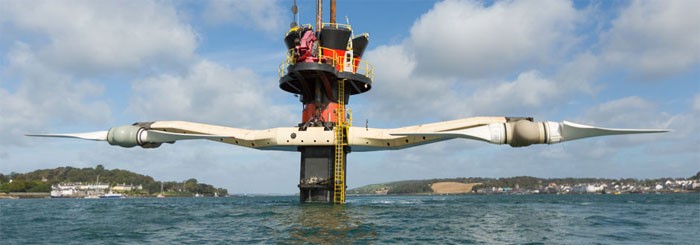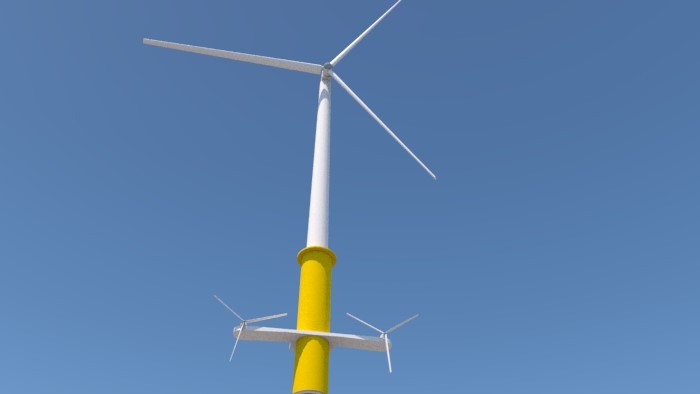Project Overview
Introduction
With growing concerns for anthropogenic induced climate change, renewable energy generation technologies have been developed and implemented on a greater scale than ever within the past decade. The more recent forms of renewable energy have been harnessed within the offshore environment, primarily in the form of offshore wind farms and even tidal stream turbines. However, introduction of these technologies has led to additional challenges for the energy sector; the significant cost increase of offshore windfarms in comparison to onshore, and the intermittency and unreliability of wind as an energy source [1].

This provides a significant opportunity for the development of large scale tidal generators as they provide predictable long term energy outputs, to contrast the stochastic nature of the wind turbines. This predictability would not only help alleviate the electrical grid from the power quality issues encountered from wind turbines but could also provide a renewable energy source for baseload power production, if the tidal energy devices are operated appropriately [2]. However, tidal stream devices are a relatively immature form of technology and so have lifetime uncertainty and high costs associated with them.

Hybrid System
One method to minimise the negative aspects of offshore technologies and take advantage of the benefits of tidal stream turbines could be to directly combine both technologies into one system. Although, doing so would likely introduce new challenges, as summarised below along with the benefits.
Opportunities
- Predictable energy generation
- Shared transmission costs
- Shared foundation costs
- Increased energy density of array
- Shared operation and maintenance costs
Challenges
- Immaturity of tidal technology
- Increased operational complexity
- Greater restriction of suitable locations
- System stability

Project Aim
The project was carried out to investigate the concept of a hybrid wind and tidal system, provide a suitable design and evaluate its feasibility. This was carried out following the objectives set out below to provide a well-rounded investigation.
Project Objectives
- Investigate the potential for tidal turbine attachments to existing wind farm and for the manufacture of completely new systems
- Determine a suitable location for the system to be applied as a case study
- Evaluate the annual power generation of the wind and tidal turbines at this location
- Carry out a structural analysis of the new system
- Carry out an environmental impact assessment for applying the hybrid system
- Carry out a financial investigation to determine the system’s economic feasibility
- "Five Innovations That Could Cut the Cost of Offshore Wind," Carbon Brief, 13 01 2015. [Online]. Available:https://www.carbonbrief.org/five-innovations-that-could-cut-the-cost-of-offshore-wind
- "Tidal Devices," European Marine Energy Centre, 2016. [Online]. Available:http://www.emec.org.uk/marine-energy/tidal-devices/
- "Seageneration," Atlantis Resources, 2015. [Online]. Available:http://www.seageneration.co.uk